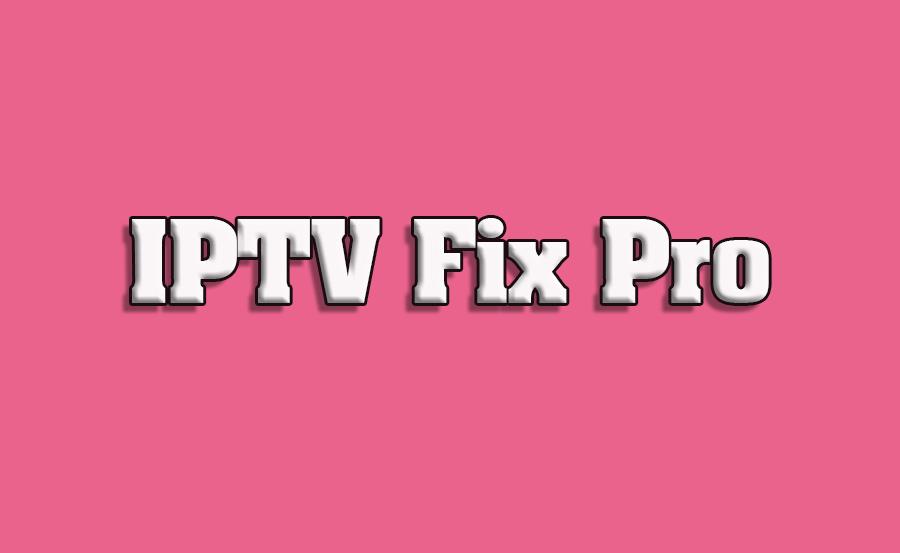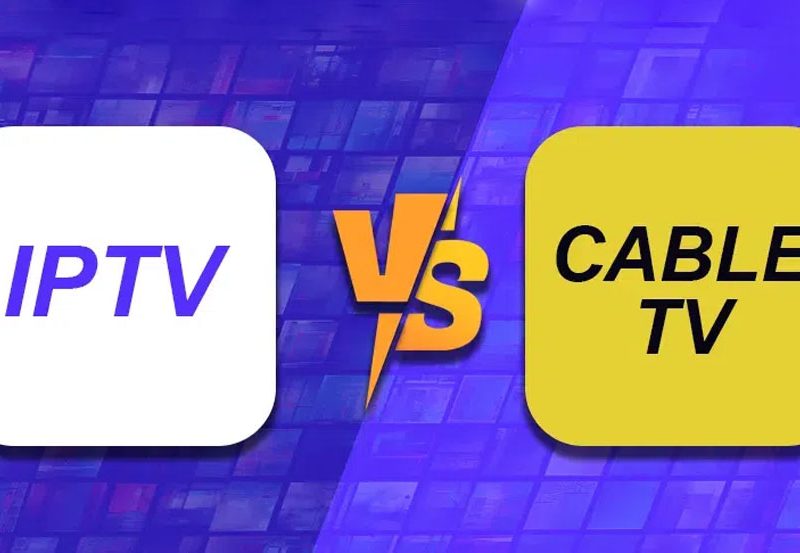IPTV has revolutionized how we consume media by offering a convenient, flexible way to stream live TV, movies, and shows. However, like any digital service, IPTV isn’t immune to occasional hiccups. From buffering and connection problems to app crashes and channel unavailability, users may encounter various issues that disrupt their viewing experience. In this guide, we’ll explore how to troubleshoot common IPTV problems effectively, so you can resolve them like a pro and get back to enjoying your favorite content.
Buy 1 Year IPTV and Enjoy Unlimited Content
One of the most frequent IPTV issues users face is buffering. Buffering occurs when the video stops to load due to an unstable internet connection or insufficient bandwidth. To address this issue, start by testing your internet speed. For IPTV to stream smoothly, a stable connection of at least 10 Mbps is recommended for standard-quality streams and 25 Mbps for high-definition or 4K content. If your speed falls short, consider upgrading your internet plan or connecting your device directly to the router using an Ethernet cable for a more stable connection. Additionally, reducing the number of devices connected to your network can help free up bandwidth.
Another common problem is app crashes or freezes. This often happens when your IPTV app is outdated or incompatible with your device. Check for updates regularly to ensure your app has the latest features and bug fixes. If the problem persists, uninstall and reinstall the app or try an alternative IPTV application compatible with your service. Clearing cache and temporary files can also resolve minor glitches that may be causing the app to crash.
Channel unavailability is another frustrating issue for IPTV users. This could result from server downtime on the IPTV provider’s end or incorrect configuration settings. First, verify if the issue is with a single channel or multiple ones. If it’s specific to one channel, it’s likely a provider-side problem, and you’ll need to wait for the provider to resolve it. If multiple channels are affected, double-check your playlist URL or M3U file for errors. Ensure the file is correctly uploaded, and reload the playlist in your IPTV app.
Audio and video synchronization problems can ruin your viewing experience. If you notice a delay between sound and visuals, adjusting the audio settings within the IPTV app can often fix the issue. Many apps have a “Sync Adjustment” option that lets you align the audio and video manually. If the problem persists, restarting your app or device can sometimes resolve synchronization issues.
Understanding IPTV Middleware and Its Functions
Login or authentication errors may arise if your subscription credentials are incorrect or expired. Double-check your username and password, and ensure your subscription is active. If you’re still unable to log in, contact your IPTV provider’s customer support for assistance. Some providers also have multi-device restrictions, so confirm that you’re not exceeding the allowed number of connections.
Lastly, IPTV users may experience poor video quality. This is often linked to internet speed or app settings. If your connection is stable but the quality remains poor, explore the app’s settings to adjust the streaming quality manually. Lowering the resolution can reduce buffering in cases of network congestion. Conversely, if your device and internet can handle it, set the quality to HD or 4K for a better viewing experience.
Troubleshooting IPTV issues doesn’t have to be daunting. With a systematic approach and a bit of patience, most problems can be resolved quickly. Understanding the root cause—whether it’s related to your network, device, or service provider—will empower you to address issues efficiently. By following the tips in this guide, you’ll be well-equipped to handle common IPTV problems like a pro, ensuring an uninterrupted and enjoyable streaming experience.
Multicast IPTV: Seamless Live Streaming




